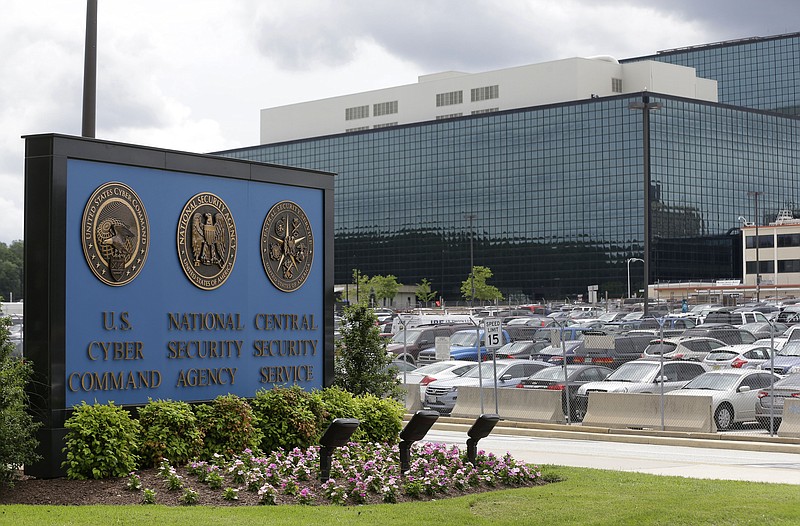WASHINGTON -- The number of targets of secretive surveillance in national security investigations fell sharply last year in large part because of the coronavirus pandemic, according to a government report released Friday.
The drop in eavesdropping targets under the Foreign Intelligence Surveillance Act, which empowers the FBI to monitor the communications inside the United States of people suspected of being agents of a foreign power, followed a decline the year before after several years of substantially larger numbers.
U.S. officials say the statistics are known to fluctuate because of various factors, but that in 2020 the pandemic "likely influenced target behavior, which in turn may have impacted some of the numbers reported for that year."
"The pandemic was the single event with the biggest impact to human behavior worldwide since the Second World War," said Ben Huebner, civil liberties chief at the Office of the Director of National Intelligence, which oversees the nation's spy agencies. "That means it also had an impact on our appropriate foreign intelligence targets."
The report is the eighth annual version of a document first released in the aftermath of disclosures of classified programs by former National Security Agency contractor Edward Snowden. It is designed to lend transparency to how the government wields some of its most intrusive and powerful national security surveillance powers.
Officials who briefed reporters said the restrictions enacted around the world on movement and large gatherings may have decreased the number of potential people or groups to surveil. They declined to elaborate further on how the pandemic affected intelligence gathering.
While there was renewed scrutiny of the FBI's wiretapping authorities last year arising from the Russia investigation, there was no discernible change in courts' willingness to approve secret warrants or any directive from Trump administration officials not to use surveillance authorities, officials said.
The number of surveillance targets, under provisions allowing for surveillance with warrants on people suspected of being agents of a foreign power, dropped from 1,059 in 2019 to 451 last year, according to the report.
But targets under the National Security Agency's no-warrant surveillance program, which enables the surveillance of non-Americans outside the U.S. for the purpose of gathering foreign intelligence information, fell slightly last year. The report counts 202,723 targets last year compared with 204,968 the previous year.
An opinion released earlier this week from the court overseeing foreign surveillance found "apparent widespread violations" by FBI agents who improperly accessed National Security Agency-obtained material. Judge James Boasberg scolded the FBI for what the agency described as errors, but said its practice of querying NSA data could continue with "ongoing monitoring and auditing."

